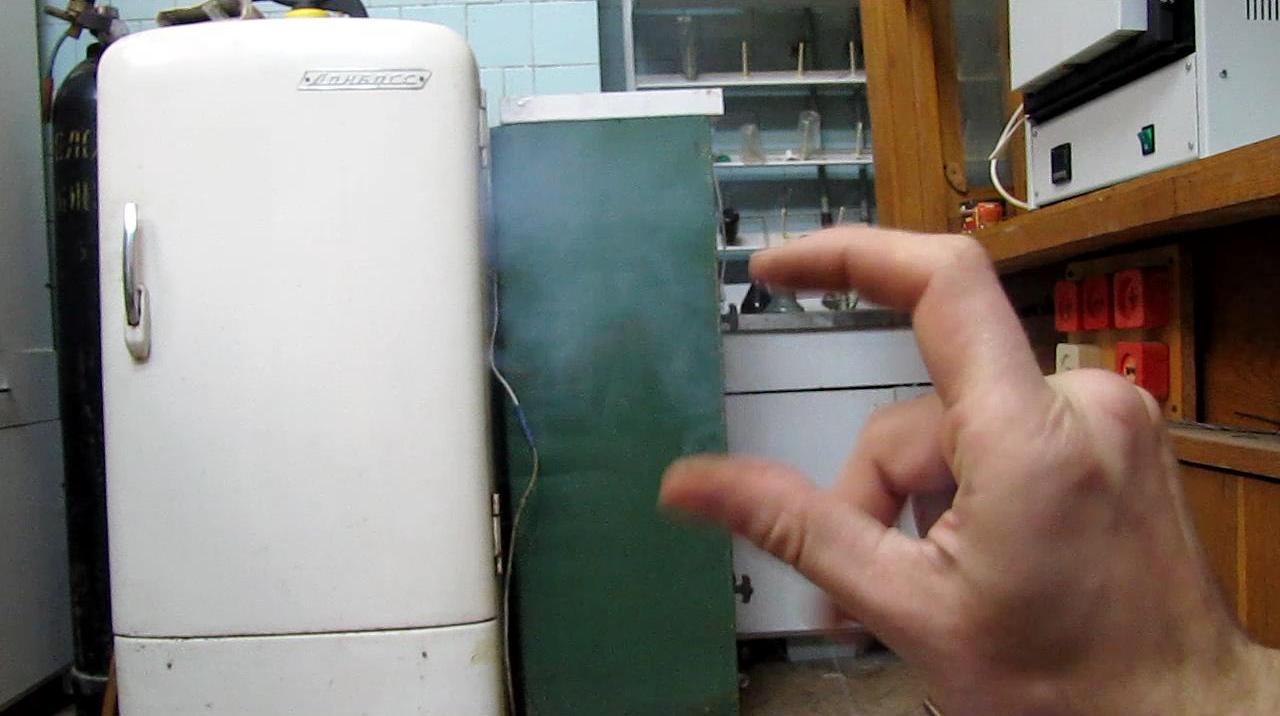

An example of a group 1 phosphide is sodium phosphide ( Na 3P). Finally, some phosphides are molecular.īinary phosphides include phosphorus and one other element. Phosphides are known with the majority of less electronegative elements with the exception of Hg, Pb, Sb, Bi, Te, and Po. Numerous are polyphosphides, which are solids consisting of anionic chains or clusters of phosphorus. those materials consisting only of phosphorus and a less electronegative element. Most commonly encountered on the binary phosphides, i.e. Many different phosphides are known, with widely differing structures. In chemistry, a phosphide is a compound containing the P 3− ion or its equivalent. Sodium phosphide is highly dangerous, releasing toxic phosphine upon hydrolysis, a process that is so exothermic that it may result in fires.A portion of the structure of Cu 3P, highlighting the highly crosslinked nature common to many transition metal phosphides (Cu = orange, P = purple). Sodium phosphide is a source of the highly reactive phosphide anion, and is often employed commercially in conjunction with zinc phosphide and aluminum phosphide as a catalyst in polymer production. Indium phosphide also has one of the longest-lived optical phonons of any compound with the zincblende crystal structure. Indium phosphide is a semiconductor and is used in high-power and high-frequency electronics because of its superior electron velocity with respect to the more common semiconductors such as gallium arsenide. Nitrogen-doped gallium phosphide emits yellow-green (565 nm) light, zinc oxide doped gallium phosphide emits red (700 nm). Pure gallium phosphide LEDs emit green light at a wavelength of 555 nm. It has a relatively short life at higher current and its lifetime is sensitive to temperature. Gallium phosphide is an important semiconducting phosphide used in the manufacture of low-cost red, orange, and green light-emitting diodes (LEDs) with low to medium brightness since the 1960s. Calcium phosphide is also used in fireworks, torpedoes, self-igniting naval pyrotechnic flares, and various water-activated ammunition. On contact with acids or water, calcium phosphide releases phosphine, which ignites spontaneously. Calcium phosphide has uses in incendiary bombs. Aluminum phosphide is also wide band gap semiconductor. The odor attracts rodents, but has a repulsive effect on other animals. Zinc phosphide baits have strong, pungent garlic-like odor characteristic for phosphine liberated by hydrolysis. Some metal phosphides have been used as rodenticides, primarily calcium phosphide, zinc phosphide, and aluminum phosphide. Alkali and alkaline earth metals transition-metal phosphides are inert metallic-looking solids with high melting points and electrical conductivities. Phosphides may be principally ionic compounds with P 3- ions, ionic compounds with polymeric phosphorus ions such as P 24- or P 113-, or compounds with individual phosphorus atoms incorporated into a metal lattice which may exhibit metal-like or semiconductor-like properties.Īlthough there are a number of ways to prepare phosphides, the most general method is to heat stoichiometric amounts of the metal and red phosphorus to high temperature in an inert atmosphere or a vacuum. Notably, potassium is capable of forming nine different binary phosphides: K 3P, K 4P 3, K 5P 4, KP, K 4P 6, K 3P 7, K 3P 11, KP 10.3, KP 15. Most elements less-electronegative than phosphorus form at least one binary phosphide, and most form a number of binary phosphides with different stoichiometries. Phosphides are compounds of phosphorus with one or more less electronegative elements. Thin Film Deposition & Evaporation Materials.Additive Manufacturing & 3D Printing Materials.


 0 kommentar(er)
0 kommentar(er)
